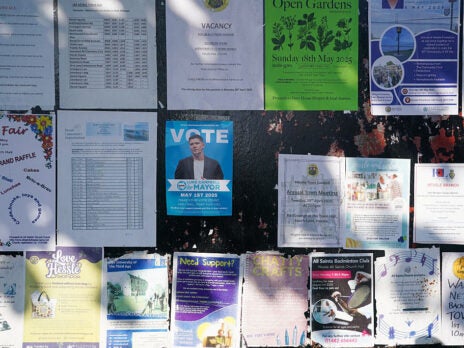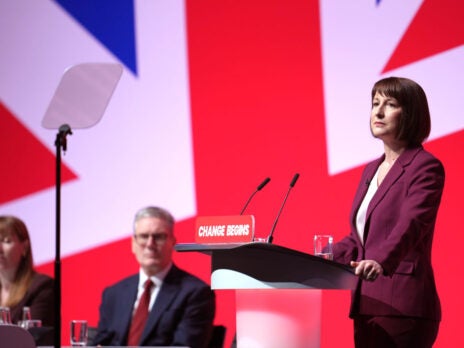Shunt Chester southwards and it could be an ideal “Blue Wall” battleground. But it’s not. It’s northern. It’s two trains from London (thanks, Avanti), and in a by-election on 1 December it’s likely to vote Labour by the largest margin in the seat’s history.
The election was triggered by the resignation of Chris Matheson, incumbent Labour MP, following allegations of sexual misconduct. The Britain Predicts model, which has form for correctly forecasting Conservative vs Labour contests, shows Keir Starmer’s party on course to win between 55 and 65 per cent of the vote. If replicated nationally, such a result would put Labour on course for a healthy, if not landslide, majority (though it also depends how far the Tories fall).
Chester shouldn’t be voting Labour like this. Many comparable seats vote Conservative, and until 1997 the constituency had always been blue. It went that way again in 2010 but in 2015, aided by the collapse of the Liberal Democrats, Labour surged and overtook the Conservatives, winning the seat by 93 votes – one of the few consolations for Ed Miliband’s party.
Since then Labour's support in Chester has only grown. Wards and neighbourhoods that were once Tory or Lib Dem strongholds are now increasingly backing Starmer’s party. What’s going on?
As a Chester resident, I see it all first-hand. But as a journalist, I’d rather ask those who’ve been working here longer than I have. Speaking to Labour’s by-election candidate, Samantha Dixon, I find her explanation of how and why her party has done well almost too simple to be true. “We listen,” she says. “We door-knock regularly, as many as three or four times a week. And that was before the campaign, by the way, before the by-election. All we go out to do – all we can do – is listen to people.
“Chester isn’t just for the posh and those with money. There are plenty of people here who feel let down. Plenty of those people don’t vote. We go out to them. We knock on their doors. And we just listen.”
[See also: Unionists need to do more than block a Scottish independence referendum]
To master political strategists, responses such as these sound awfully fluffy but they also reflect an oft-ignored truth. Contacting voters is paramount, both inside and outside of election campaigns. As a candidate or campaigner, advertising your relevance to voters when the ballot boxes aren’t open keeps you familiar. Having data on how residents used to vote, knowing their priorities, and whether they’re in receipt of a postal ballot, helps campaigns to target people efficiently. This, it seems, has been Chester Labour’s strength over the past six to seven years.
They may seem obvious but when campaigns neglect these basic lessons they suffer. In Croydon, for instance, where Labour lost control of the council in local elections this year, the party wasn’t visiting people's homes much, if at all, until March, just two months before polling day. In Blackpool, which includes seats Labour needs to win to secure a majority at the next general election, I’m told local parties aren’t pulling their weight on collecting voter data. In 2019 the Brexit Party failed to win the Peterborough by-election against Labour by just 683 votes for similar reasons. I’m told the party's campaign had no voter data. It didn’t know who to talk to. So instead of banging on doors, activists were sent to the city centre to hand out leaflets to shoppers frequently from outside the seat.
In covering elections since 2013, I’ve found that instances such as these are not few and far between. During the 2014 Heywood and Middleton by-election – in which Labour narrowly beat Ukip – entire estates had been ignored by Labour for almost a decade. Why? As one former election agent put it, the local party “always thought they were Labour. Why bother?”
Chester Labour’s success has been its willingness to knock on doors, election or no election. It’s a simple lesson but one that guarantees good data.
Looking at the literature from both this campaign and past elections, I note that the Labour brand is awfully low-key. The red is more gradient than solid. The candidate’s face is the most prominent feature and the photos of the city are what stand out. The Labour logo is small. The campaign has been focused on the local candidate rather than the party.
It seems to have worked. It’s this sort of messaging, combined with door-knocking and data, that makes me wonder if what we’re seeing in Chester is the winning formula for Labour campaigns – even all campaigns – nationwide.
[See also: The Autumn Statement has brought Labour’s economic dilemmas into focus]


